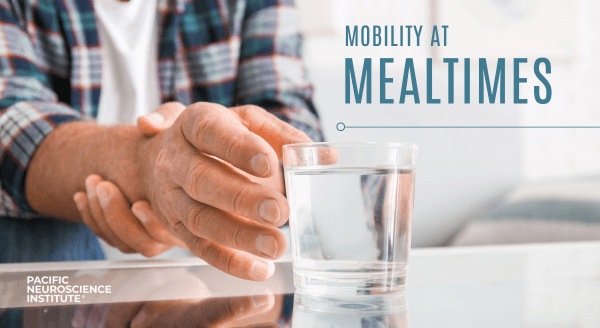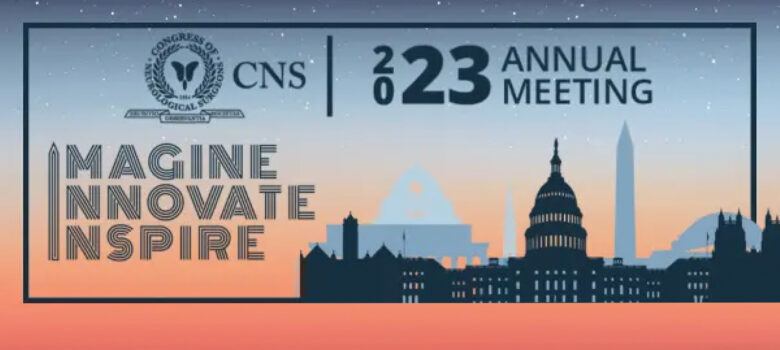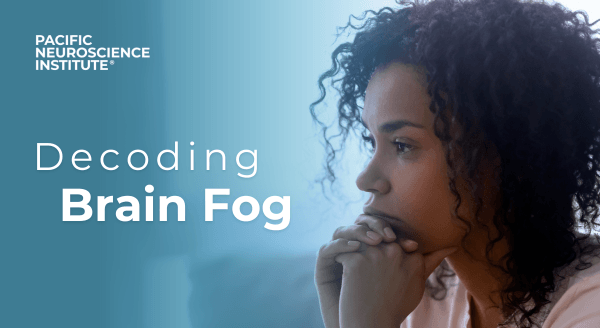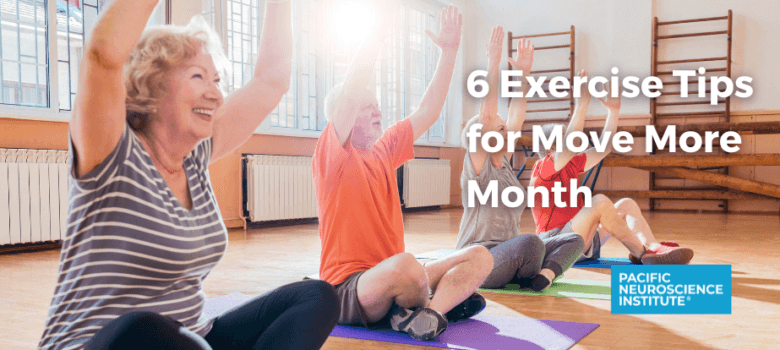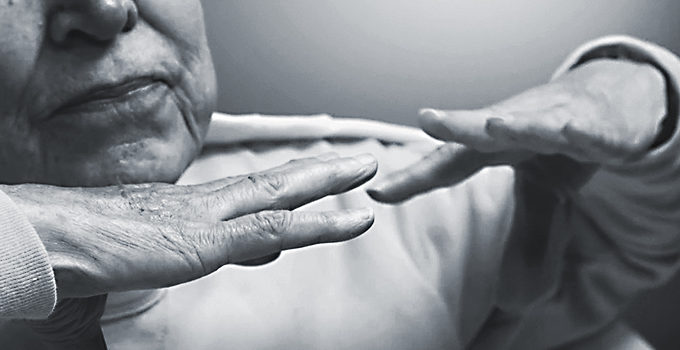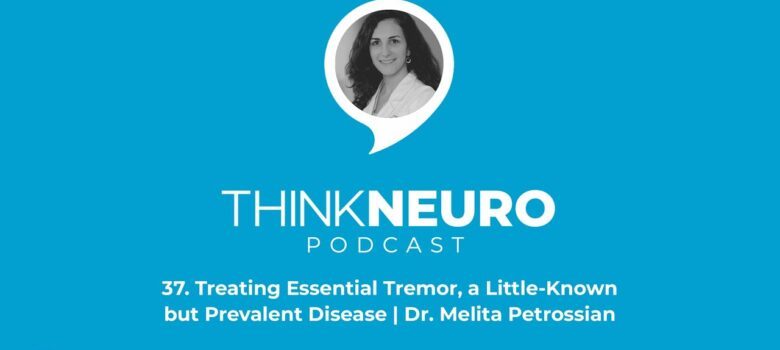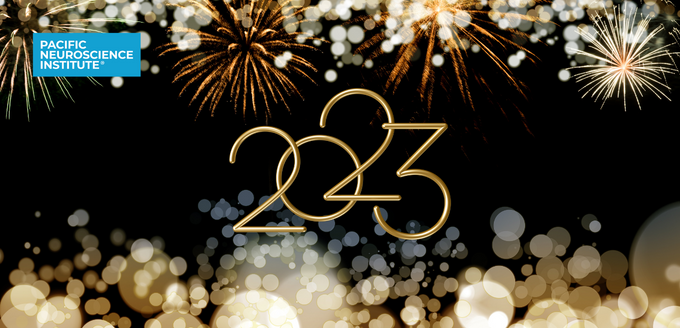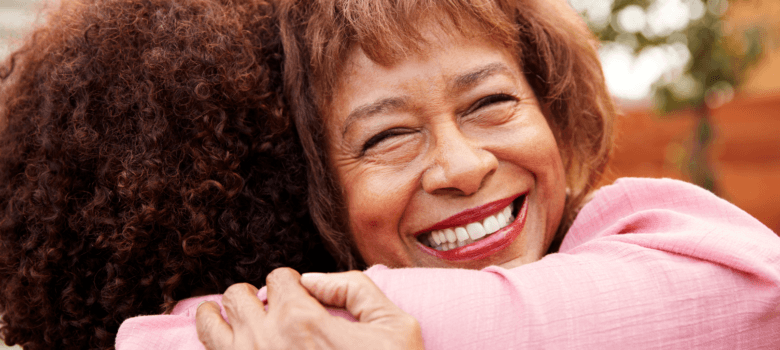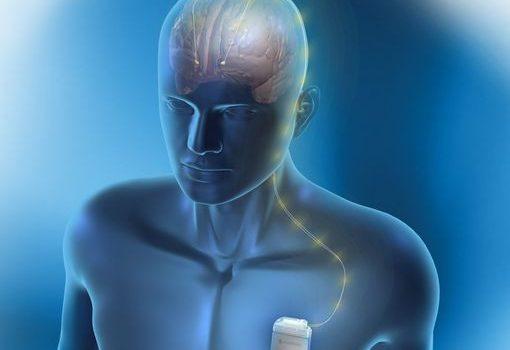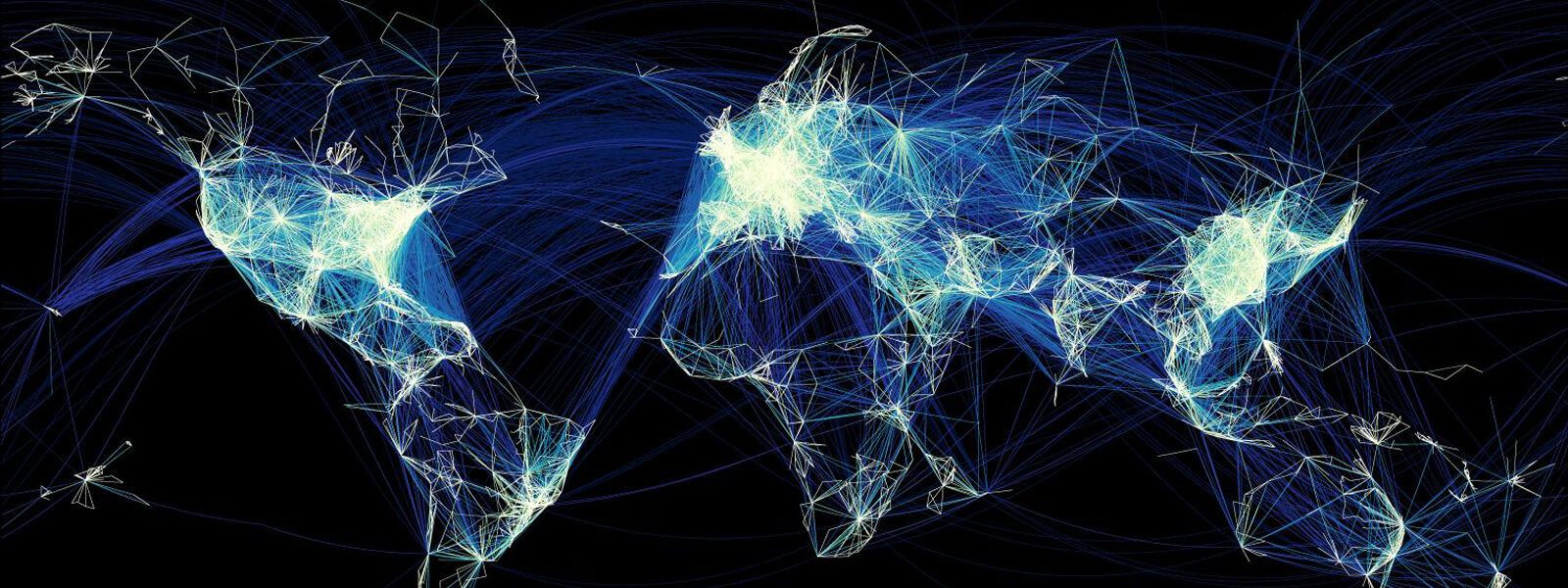
Blog
How to Make Mobility at Mealtime Easier for Older Adults
by Mihae Kim
When it comes to caregiving for older adults with conditions that impact mobility like stroke, neuromuscular disorders, severe arthritis, or Parkinson's disease, mealtime can be particularly challenging. However, there are several strategies that can ease this process and enhance safety, comfort and independence for the individual needing care, as well as their caregivers.
Pacific Neuroscience Institute Leading Neuroscience Activities Across the Nation
by Garni Barkhoudarian
Faculty members from Pacific Neuroscience Institute® Medical Group and PNI Foundation had a strong showing at the Congress of Neurological Surgeons (CNS) Annual meeting in Washington D.C. September 9-13, 2023.
Decoding Brain Fog: Origins, Neurological Mechanisms, and Recovery
by Brianna Rauchman
Brain fog can disrupt memory, focus, and overall well-being. Discover its diverse origins and how it affects neurological mechanisms. Plus, learn effective coping strategies to regain mental clarity and improve cognitive health.
6 Exercise Tips for Move More Month
by Amelia Garrison
Being active is a great way to maintain our physical and mental health, but did you know that exercise can also improve neurodegenerative diseases and promote overall brain health? Discover tips for incorporating physical activity into your daily routine with experts from Pacific Neuroscience Institute (PNI) for Move More Month in April.
A Month for Essential Tremor
by Melita Petrossian
Essential tremor is the most common movement disorder affecting more than an estimated 7 million Americans. Find out more this March, essential tremor month.
Treating Essential Tremor, a Little-Known but Prevalent Disease | Dr. Melita Petrossian
by Anthony Effinger
Dr. Melita Petrossian is a neurologist who specializes in movement disorders. When most people hear that term, they think of Parkinson’s disease. But Dr. Petrossian sees a number of patients with what’s known as essential tremor, a condition that’s often mistaken for Parkinson’s.
PNI Founders’ Message 2023
by Daniel F. Kelly
At Pacific Neuroscience Institute® (PNI) we achieved many milestones in 2022 and continue to make positive impacts in neuroscience clinical care, research, and education.
25 Questions About Deep Brain Stimulation (Part 3/3)
by PNI Experts
Discover the most commonly asked questions about deep brain stimulation (DBS), a medical device and clinical therapy offered at PNI South Bay and Santa Monica, California.
What Can I Expect With Deep Brain Stimulation (DBS) Surgery? (Part 2/3)
by PNI Experts
Deep brain stimulation can be thought of as a “brain pacemaker.” It is a medical device as well as a clinical therapy.
What Is Deep Brain Stimulation? (Part 1/3)
by PNI Experts
Deep brain stimulation can be thought of as a “brain pacemaker.” It is a medical device as well as a clinical therapy.
Last updated: March 3rd, 2023
